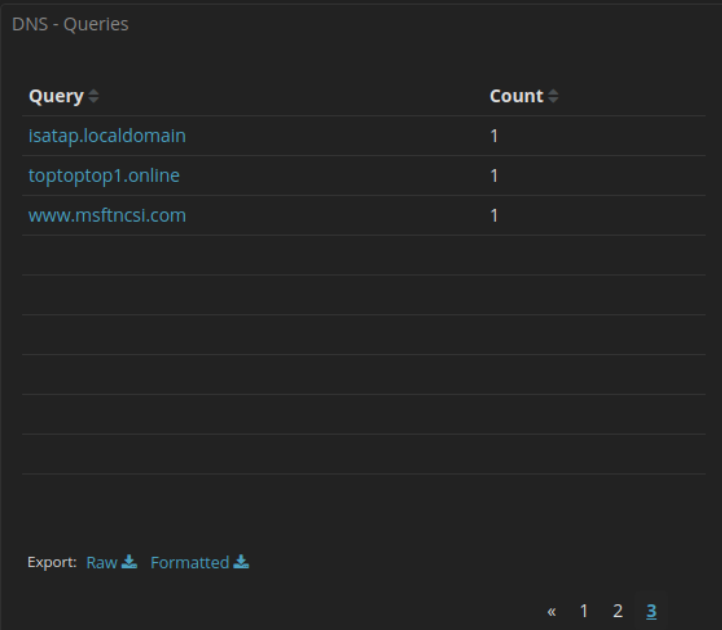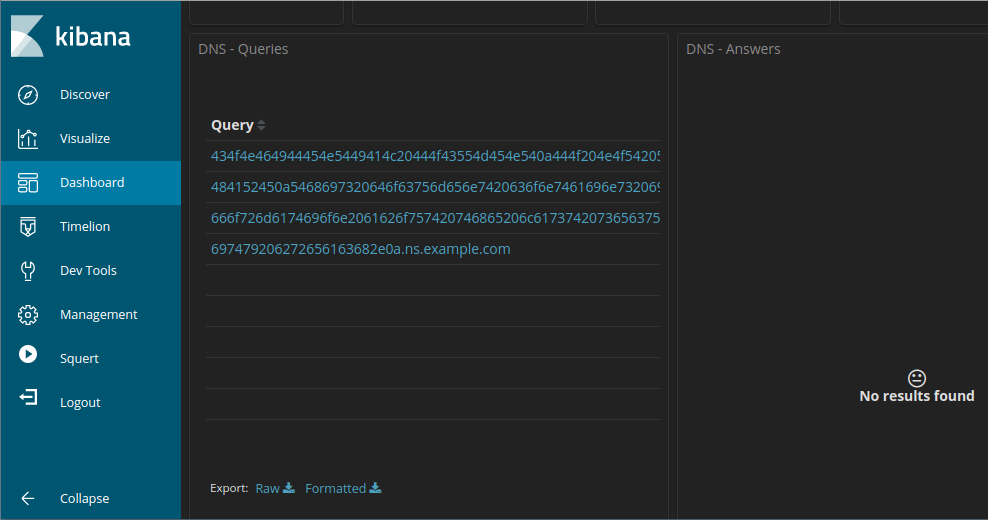Objectives
Apply your knowledge of security incident handling procedures to formulate questions about given incident scenarios.
Background / Scenario
Computer security incident response has become a vital part of any organization. The process for handling a security incident can be complicated and involve many different groups. An organization must have standards for responding to incidents in the form of policies, procedures, and checklists. To properly respond to a security incident, the security analyst must be trained to understand what to do, and must also follow all of the guidelines outlined by the organization. There are many resources available to help organizations create and maintain a computer incident response handling policy, but the NIST Special Publication 800-61 is specifically called by the CCNA CyberOps SECOPS exam topics. This publication can be found here:
http://nvlpubs.nist.gov/nistpubs/SpecialPublications/NIST.SP.800-61r2.pdf
Scenario 1: Worm and Distributed Denial of Service (DDoS) Agent Infestation
Study the following scenario and discuss and determine the incident response handling questions that should be asked at each stage of the incident response process. Consider the details of the organization and the CSIRC when formulating your questions.
This scenario is about a small, family-owned investment firm. The organization has only one location and less than 100 employees. On a Tuesday morning, a new worm is released; it spreads itself through removable media, and it can copy itself to open Windows shares. When the worm infects a host, it installs a DDoS agent. It was several hours after the worm started to spread before antivirus signatures became available. The organization had already incurred widespread infections.
The investment firm has hired a small team of security experts who often use the diamond model of security incident handling.
Preparation:
Answers will vary especially based upon the CSIRC details. Examples:
Would the organization consider this activity to be an incident? If so, which of the organization’s policies does this activity violate?
What measures are in place to attempt to prevent this type of incident from re-occurring, or to limit its impact?
Detection and Analysis:
Answers will vary especially based upon the CSIRC details. Examples:
What precursors of the incident, if any, might the organization detect? Would any precursors cause the organization to take action before the incident occurred?
What indicators of the incident might the organization detect? Which indicators would cause someone to think that an incident might have occurred?
What additional tools might be needed to detect this particular incident?
How would the team prioritize the handling of this incident?
Containment, Eradication, and Recovery:
Answers will vary especially based upon the CSIRC details. Examples:
What strategy should the organization take to contain the incident? Why is this strategy preferable to others?
What additional tools might be needed to respond to this particular incident?
Which personnel would be involved in the containment, eradication, and/or recovery processes?
What sources of evidence, if any, should the organization acquire? How would the evidence be acquired?
Where would it be stored? How long should it be retained?
Post-Incident Activity:
Answers will vary based upon the CSIRC details. Examples:
What could be done to prevent similar incidents from occurring in the future?
What could be done to improve detection of similar incidents?
Scenario 2: Unauthorized Access to Payroll Records
Study the following scenario. Discuss and determine the incident response handling questions that should be asked at each stage of the incident response process. Consider the details of the organization and the CSIRC when formulating your questions.
This scenario is about a mid-sized hospital with multiple satellite offices and medical services. The organization has dozens of locations employing more than 5000 employees. Because of the size of the organization, they have adopted a CSIRC model with distributed incident response teams. They also have a coordinating team that watches over the CSIRTs and helps them to communicate with each other.
On a Wednesday evening, the organization’s physical security team receives a call from a payroll administrator who saw an unknown person leave her office, run down the hallway, and exit the building. The administrator had left her workstation unlocked and unattended for only a few minutes. The payroll program is still logged in and on the main menu, as it was when she left it, but the administrator notices that the mouse appears to have been moved. The incident response team has been asked to acquire evidence related to the incident and to determine what actions were performed.
The security teams practice the kill chain model and they understand how to use the VERIS database. For an extra layer of protection, they have partially outsourced staffing to an MSSP for 24/7 monitoring.
Preparation:
Answers will vary based upon the CSIRC details. Examples:
Would the organization consider this activity to be an incident? If so, which of the organization’s policies does this activity violate?
What measures are in place to attempt to prevent this type of incident from occurring or to limit its impact?
Detection and Analysis:
Answers will vary based upon the CSIRC details. Examples:
What precursors of the incident, if any, might the organization detect? Would any precursors cause the organization to take action before the incident occurred?
What indicators of the incident might the organization detect? Which indicators would cause someone to think that an incident might have occurred?
What additional tools might be needed to detect this particular incident?
How would the team prioritize the handling of this incident?
Containment, Eradication, and Recovery:
Answers will vary based upon the CSIRC details. Examples:
What strategy should the organization take to contain the incident? Why is this strategy preferable to others?
What additional tools might be needed to respond to this particular incident?
Which personnel would be involved in the containment, eradication, and/or recovery processes?
What sources of evidence, if any, should the organization acquire? How would the evidence be acquired?
Where would it be stored? How long should it be retained?
Post-Incident Activity:
Answers will vary based upon the CSIRC details. Examples:
What could be done to prevent similar incidents from occurring in the future?
What could be done to improve detection of similar incidents?


